Podcast 521: Missed Opportunities, Lax Airtightness Testing, and Low-Slope Roofs Under Solar
The crew hear from listeners about insulation and getting kids into tradework before taking questions on bad rehab and poor enforcement of airtightness.
Follow the Fine Homebuilding Podcast on your favorite app. Subscribe now and don’t miss an episode:
 |
Help us make better episodes and enter for a chance to win an FHB Podcast T-shirt:
www.finehomebuilding.com/podcastsurvey
Brad shows us his owner-built house. Dan Kolbert has thoughts on everything. Doug tells us one way to get kids interested in tradework. Engineer Stephen explains what happens to building components in structure fires. John asks about improving the efficiency of a house undergoing renovation in his neighborhood. Carpenter Steve wonders why the houses he works on aren’t being tested for airtightness. Steve wants the best low-slope roof for a new build with solar.
Editor Updates:
- Jeff: ranch life
- Andrew: art studio shelving
- Ian: post frame building
- Patrick: overhang project
 |
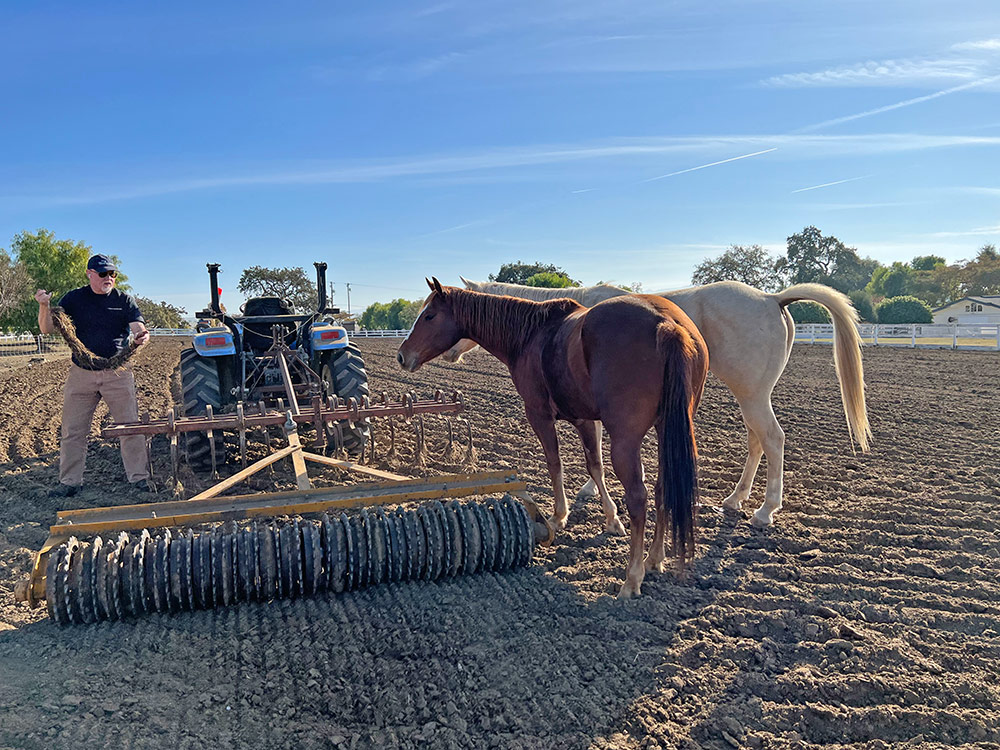 |
 |
 |
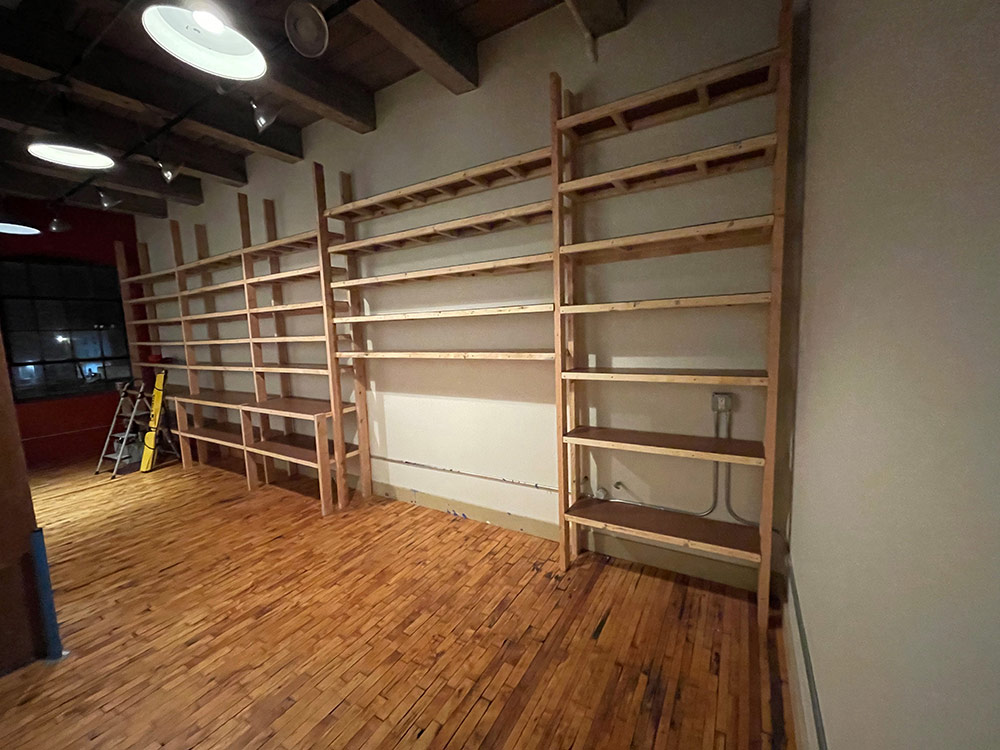 |
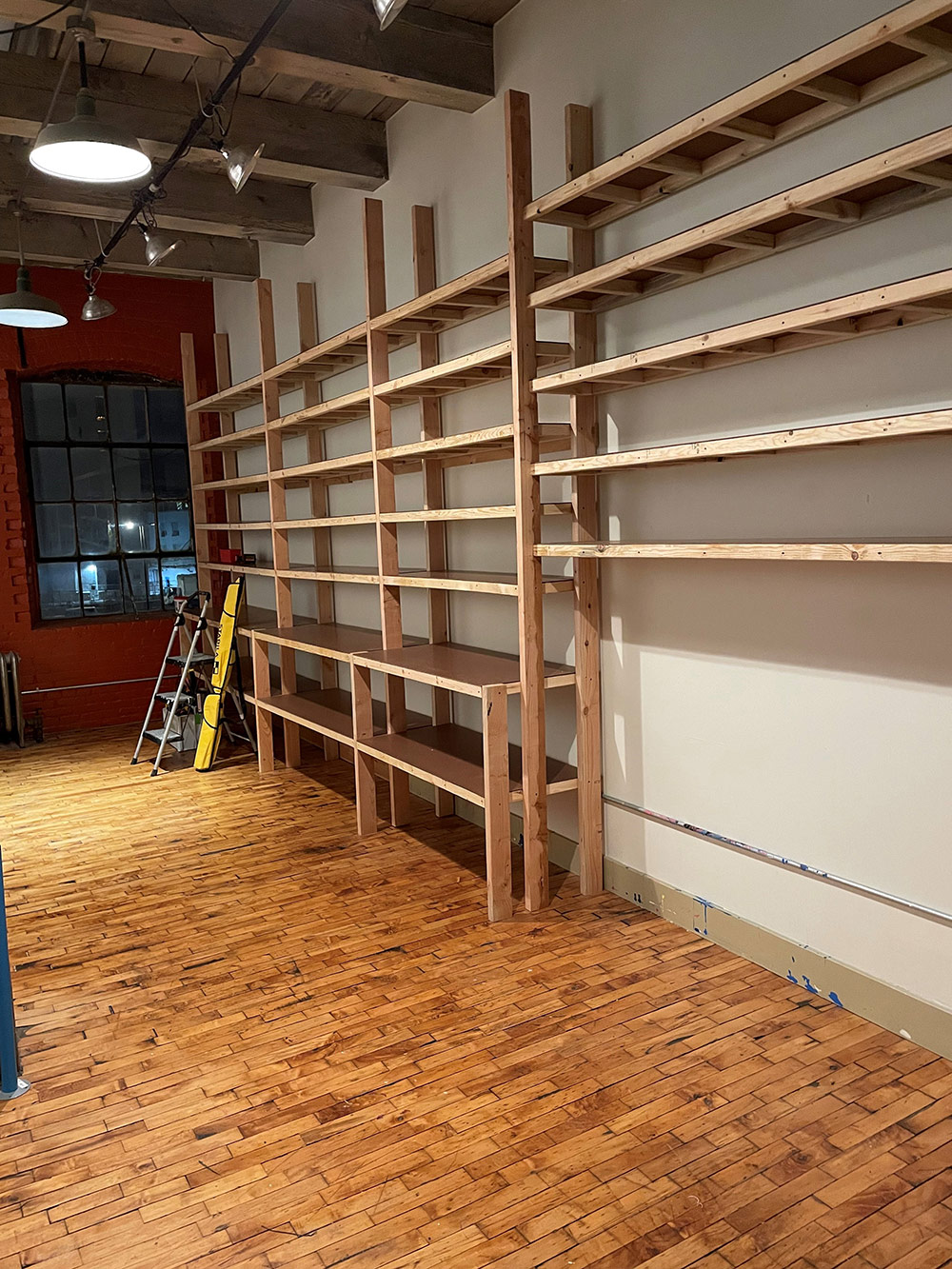 |
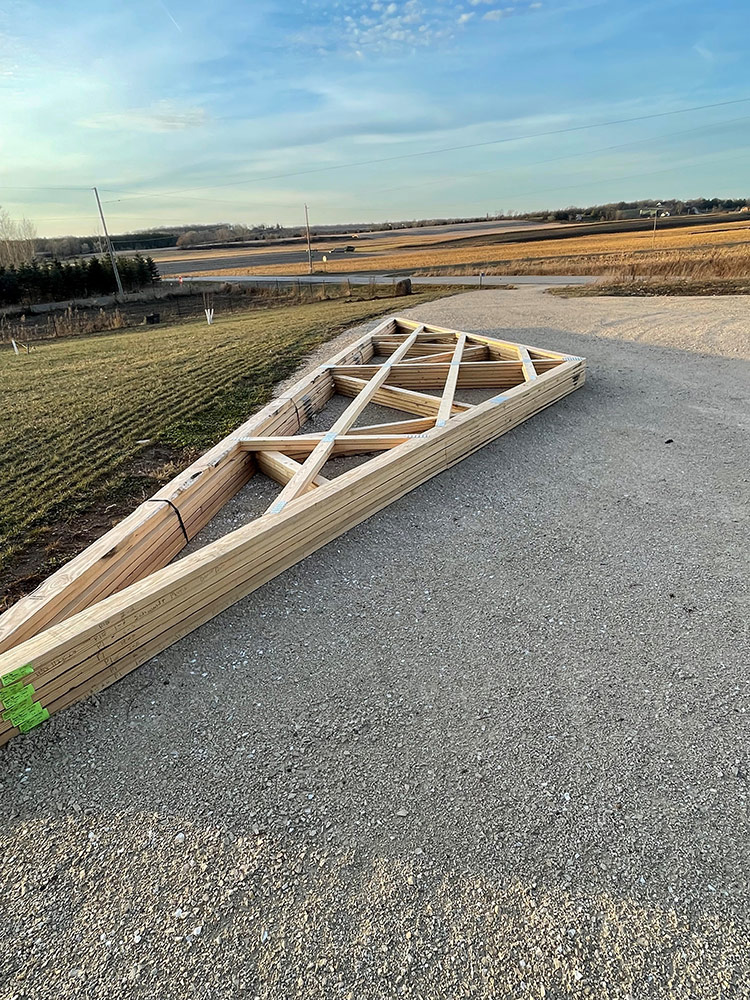 |
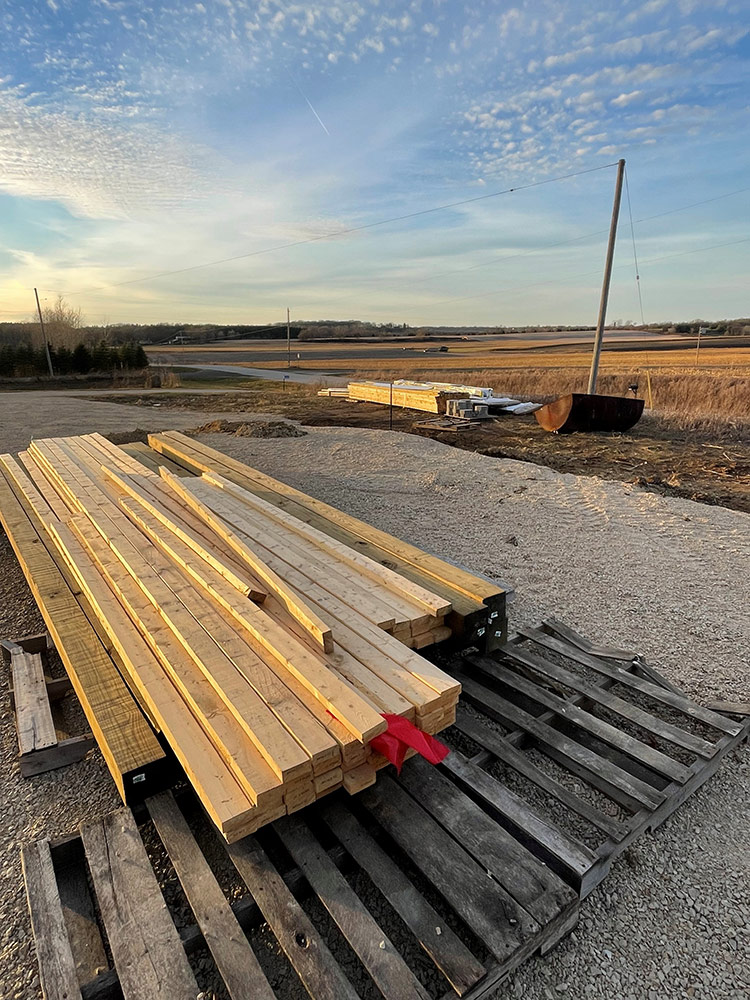 |
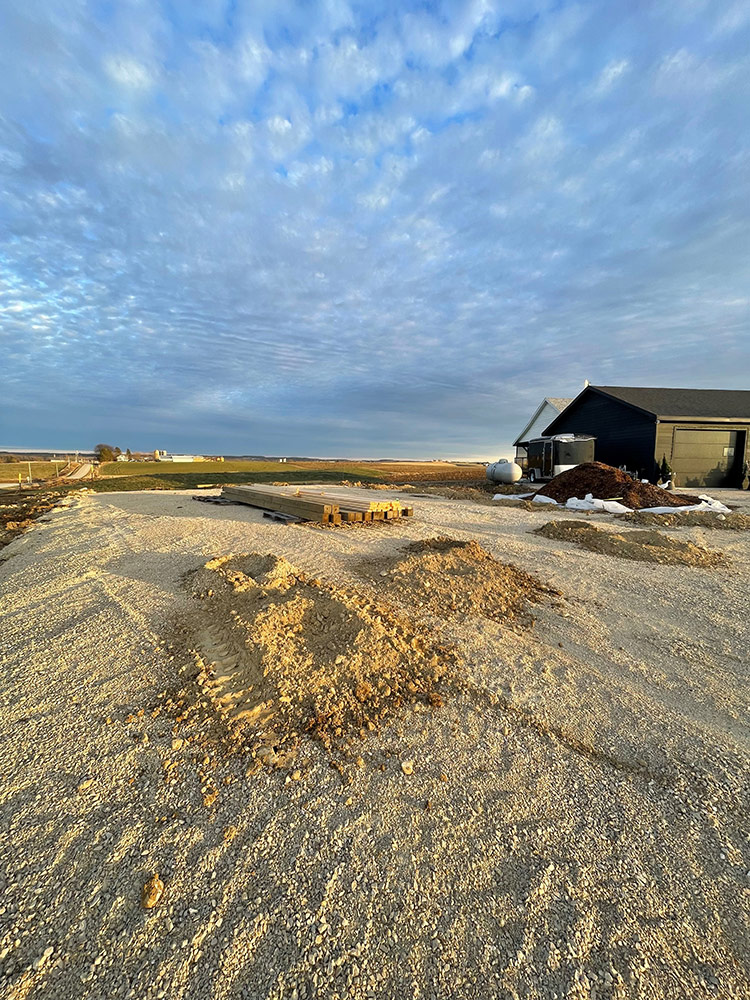 |
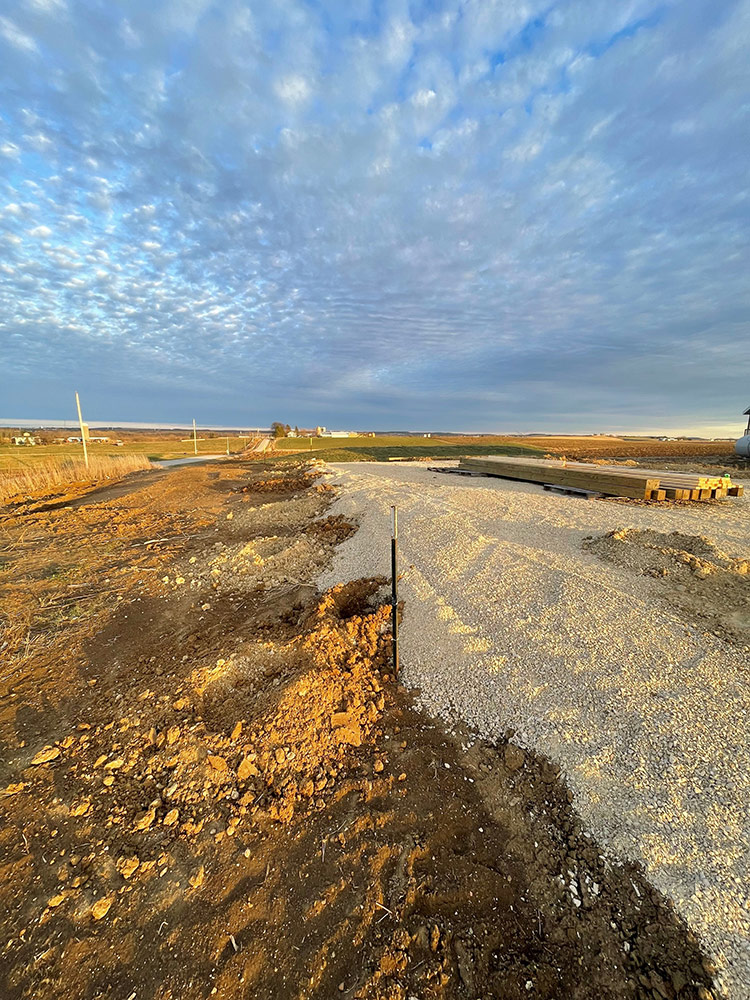 |
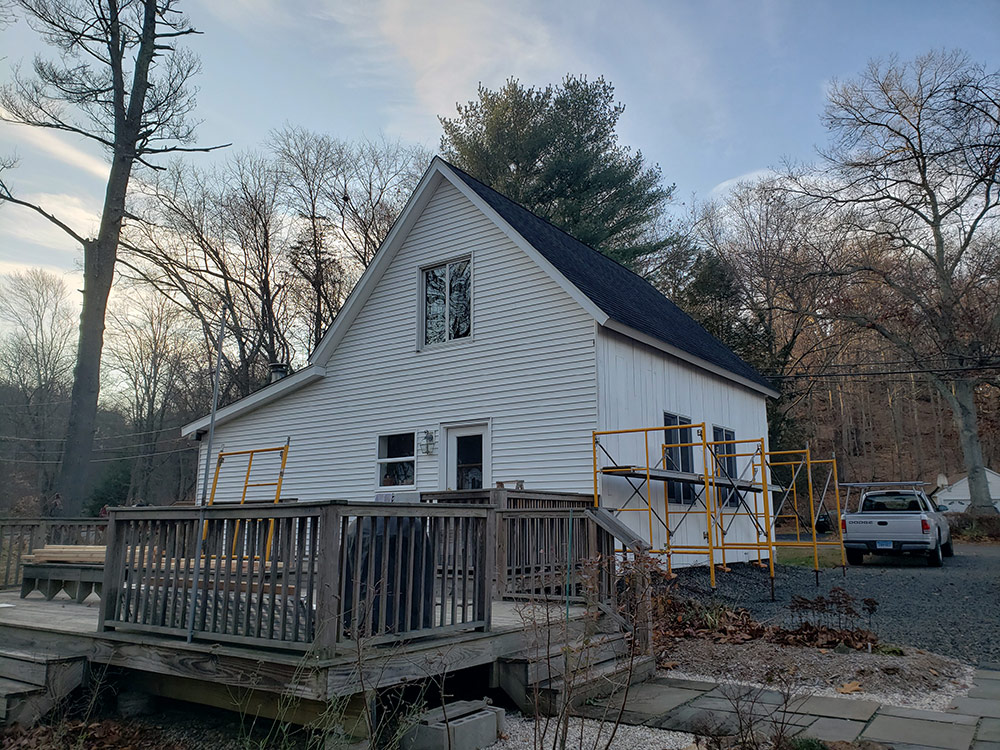 |
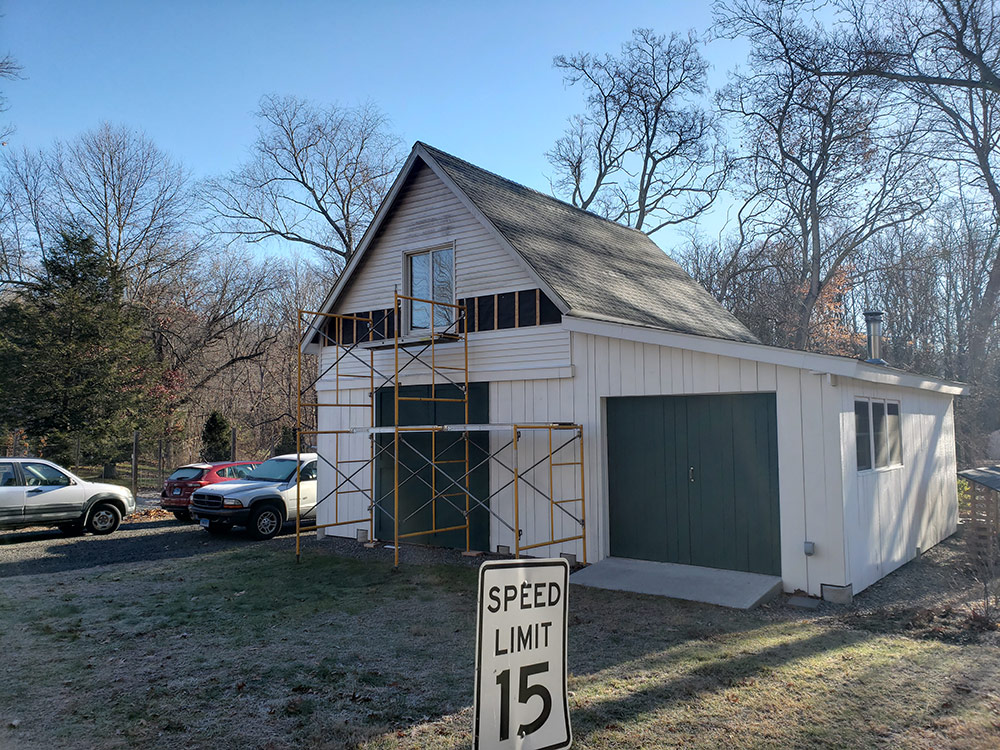 |
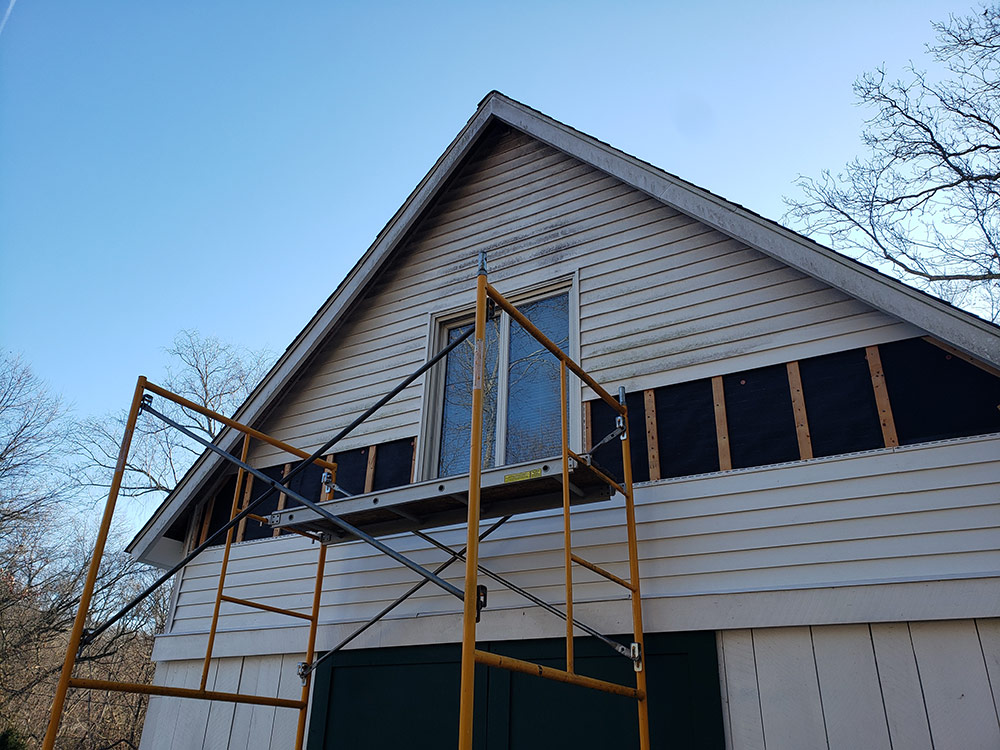 |
 |
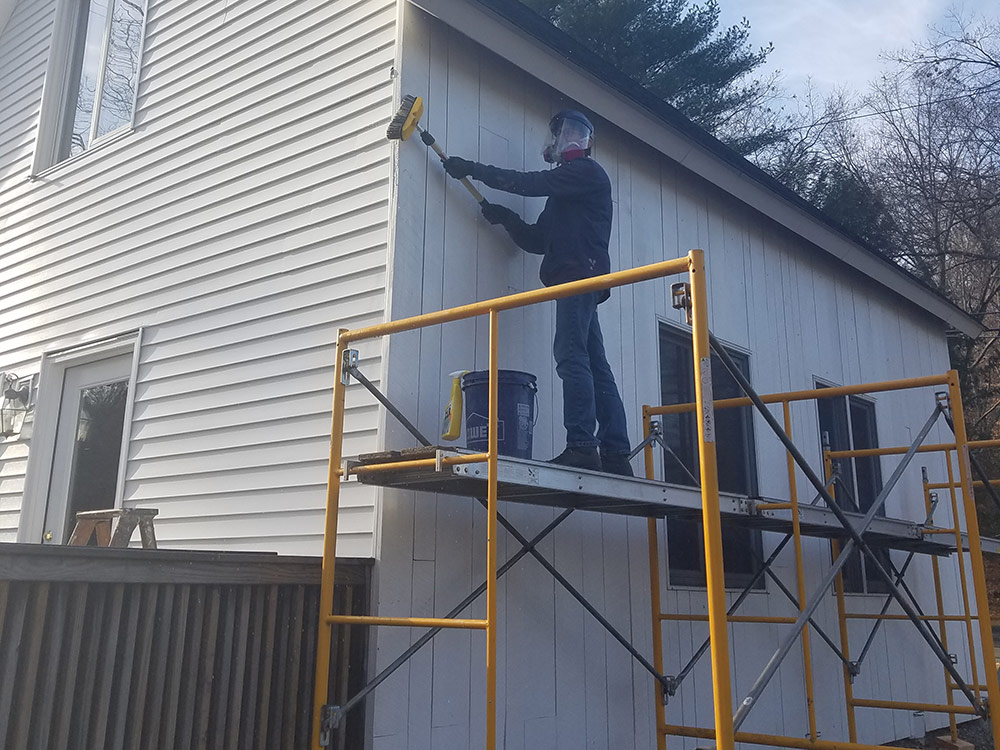 |
Listener Feedback 1:
Brad writes: Hey guys, I have been a long-time listener of the podcast and you guys have given me some advice on various remodeling projects over the years. From October 2021-July 2022 I embarked on building a custom home for our family. This was my first 100% solo build GC’ing the project. I flip houses for a living and have done that for a number of years. I have also built 2 new construction houses through a builder in the past so I’m not new to construction by any means.
This project was my guinea pig to start building houses. I’m planning on taking the vast marketing knowledge I have learned over the years in my current business and pairing that with home building and starting up a brand/company building high performance “smaller” houses (~2k sq ft) here in Metro Atlanta where I live. I learned a lot during the project, made mistakes, did some things right, and of course I went way over budget (who doesn’t?), but I feel like I built our family a house that will last for many years. And it’s the most comfortable home I have ever lived in.
I just finished editing and uploading all of the videos I took to my YouTube channel. I wanted to share it with you guys and hope you enjoy.
Listener Feedback 2:
Dan Kolbert writes: Dear Patrick, Kiley & Ian – I’ve got multiple comments on episode 513, so strap in. First off – of course Patrick is right to be suspicious; the Farmers Almanac’s weather predictions are bullshit. I already sent Patrick this – “Probing Question: Is the Farmers’ Almanac accurate?“. It’s depressing that I have to make the argument. For one thing, if the Almanac predates NOAA, why does it need NOAA’s data at this point? You guys are ruining your science nerd cred.
Second – the question about nail base/re-roofing. The writer asked if his idea would weigh any more than PV panels, etc. It’s a good question, and no decent solar installer would put up an array without making sure the roof could hold it. Also, from the description, it sounds safe to assume that the existing roof is already under-built and no PE would sign off on it for its current use, much less adding to it. That it hasn’t collapsed is proof that the current load is fine, but adding a whole other roof system could be a bad idea. If your writer does end up going down that road, just be aware that there are often significant variations in thickness with recycled foam. If he’s going to vertically strap for ventilation (which he should), not such a big deal.
Third – Aerobarrier. Just yesterday, I was teaching a class for Passiv Haus Maine, and one of the attendees, a young carpenter, asked me about improving a house she was thinking about buying. My immediate thought was to set off the aero barrier “bomb” before she moves in. Neither the siding nor interior finishes needed to come off, so it sounded like the perfect solution. The only time I could see it making sense on new construction would be if you failed the final blower door test. I haven’t used it yet but am excited to get a chance to, and told her to make sure to invite me if she ends up using it.
Fourth – spray foam. In addition to the incredible environmental cost and the potential harm to installer and occupant health, spray foam seems to attract more than its fair share of snake oil salesmen. Perhaps why Holmes on Homes likes it. Just a few months ago, I went to a local NAHB event where some meatheads were claiming that their prefab model only needed a couple of inches of insulation because of the magical properties of spray foam. I hadn’t heard that stupid claim in a decade or more, and was disappointed to see it rearing its ugly head again. It is consistently oversold as a solution. It has many wonderful qualities but it’s treated as a magic bullet that can insulate, air-seal, turn a mediocre house into a passive house, and whiten your teeth. You guys hit on most of the obvious problems, and I won’t bore you with the other ones I see. There really is no reason to use foam, rigid or sprayed, above grade, and it’s pretty indefensible from a global warming perspective.
Finally – cellulose. While I love the idea of all of us finding a use for our Fine Homebuilding collections, I want to ease your worried minds. TimberHP, a Maine-based company, is working on various wood fiber products. The one that’s getting the most attention is their fiber board insulated sheathing (think Gutex), but the first product they’re introducing (supposedly in 2023) is a blown-in product to replace cellulose with raw wood fiber. One of my crew went on a factory tour recently, and it sounds like they’re pretty close. The Fine Homebuilding shredding also reminds me of a brilliant idea from one of my mentors, Paul Eldrenkamp, formerly of Byggmeister. He called it a deep-attic retrofit – you shred the contents of the client’s attic and spread it for R-value. Double points if they have a magazine collection up there.
PS – great to see Patrick at Touch a Trade, hosted by Ian’s former employers. We are already getting the committee together for a southern Maine version.
PPS – Did you know I co-wrote a book? You guys might like it.
Related Links:
- Wood-Fiber Insulation Launch Planned for 2022—The First of its Kind in North America
- Designing for Solar Panels
- Rules for Rooftop Solar
Listener Feedback 3:
Doug writes: Hi All, There have been countless discussions about getting young people interested in the trades. I feel exposure is key. Our youngest grandson just turned ten. At his birthday party some of his friends may have wondered at his excitement over some of his gifts. He has always like creating things and has moved from paper and cardboard to wood. His latest was an 18-inch-long VW bug. He has his own jigsaw and cordless drill. He cut out the sides with the jigsaw and used narrow strips of wood to form the curve of the hood and roof. For his birthday he said he wanted wood and screws. I went through my lumber rack and collected the short pieces that I will never use but couldn’t bring myself to throw out. I also got him an assortment of screws and a pack of jigsaw blades. I am sure some of his friends wondered when he excitedly exclaimed “Saw Blades.”
The reason for his comfort with tools is that he has grown up watching his father build and repair things. When he was two, he claimed up on the roof to “help” dad. His father grew up in our house with the same exposure. Our old house was always under some sort of renovation and repair persons were unheard of. I hope events like Touch a Trade can inspire those kids who don’t grow up seeing things built and repaired.
Related Link:
Question 1: What do you think of my plans for redoing this in-progress new build?
John writes: Dear FHB Podcast, In Maine and Kansas City, you have BS* + Beer. Me? I have BS and bike riding, or BS and Dog Walking. I use my dog walks to study buildings with either work being done or as they sit. I have been following the build in the attached picture since the Spring or summer.
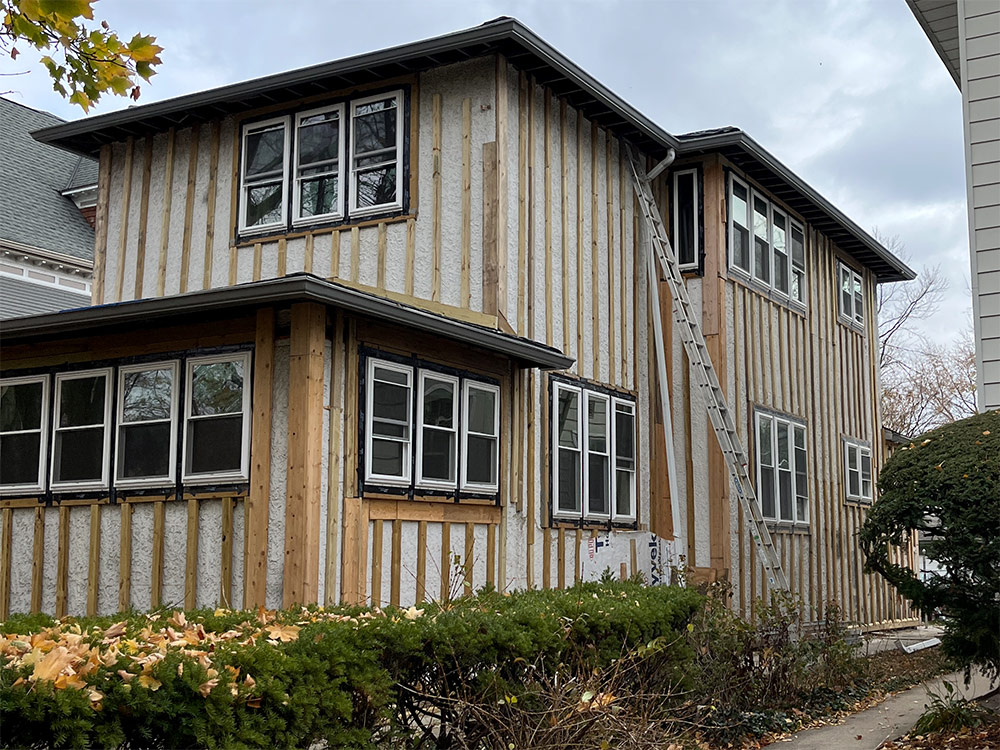
What do the experts at FHB Podcast think about my plan for salvaging this? Zip R6 or R9, with some bug-screen details at the top or bottom. I am not sure if 1-1/2 inch is too much for the back vent. Can the widows be re-flashed? Over flashed perhaps? Any kind of rainscreen with whatever siding. Around here people like Hardie or Smartside, so going with Vinyl would make the ZipR and tape hurt a bit less. Assuming we leave the stucco in place and do the strapping on top. Jamb extensions, that in future could be replaced by window bucks and better windows. High quality storm windows like from Allied in Cincinnati ZipR with rainscreen. Preferred siding. Hire a building scientist.
Related Links:
Question 2: How do I get a town to improve the quality and education of their building inspectors?
Steve writes: Hey FHB Gang, Thanks for your input months ago about my moldy attic stairs. I’ll have you know I haven’t done a single thing to fix them. However, this is about a totally different topic. Code officials are my point of concern. As a new-construction trim carpenter, there isn’t much of my daily work that has me asking “does that meet code”. Here in coastal South Jersey, there are stair companies that build interior steps and do handrails, which I know isn’t standard across the country. We do install elevator doors, which need to be a specific distance from the shaft and off the floor.
In following your podcast and others in the high-performance world, I’ve gotten very interested in the energy efficiency side of it all. This has led me to start asking questions to the builders I work for. Blower doors and airtightness are foreign subjects to every one of them. From what I can tell, NJ is on the 2019 codes, and was on 2015 before that, so this shouldn’t be the case. It’s occurred to me that the issue is the inspectors don’t seem to enforce these codes. Whether they’re aware or not I’m not sure, but I imagine continuing education is a thing? One builder pointed out that the inspectors in my town do enforce these, so that’s good.
The issue is I work on a barrier island and live on the mainland. So, houses in my town, decidedly middle class, are held to a higher standard than the multi-million dollar homes built in the beachfront towns I work in. So, what’s the remedy here? Go to town hall meetings, in towns I don’t live in, to rant? Who’s really in charge of local inspectors? Would there be someone at the county or state level to reach out to? Oh, and some of these towns have the builders in elected positions so there’s a mild conflict of interest. Should I try telling them that the inspectors aren’t checking everything in the houses they’re building. Plus, I’m not looking to openly burn bridges here. Any input is appreciated, thanks P.S. Any advice on smart watches that can handle trade work?
Related Links:
- Podcast 383: PRO TALK With Home Inspector Paul Barraza
- Changes Proposed for the 2024 IRC
- Safety Regulations for Irregular Stairs
- Why Don’t We Build Better Houses?
Question 3: What’s the best roofing material for a low-slope roof?
Steve writes: Question on low slope roofs (new construction)- what is your preferred roofing material- modified bitumen, soldered metal, BUR membrane, or something else entirely? the slope is 3:12 if that affects the answer.
Also, I’ll be having solar installed on my garage which is a slightly lower slope 2:12. does solar here change the material choice?
Thanks in advance, Patrick, Kylie and others
I’m the future homeowner nerd building in climate zone 5b, Walla Walla, WA. I have a builder there. luckily the rain there is fairly minimal, under 20 inches a year but some snow in the winter. But oddly enough I am located fairly close to Taunton Press. My wife and I are in Carmel, NY as my wife is a travel nurse in Westchester County and I work remotely and watch Fine Homebuilding videos on YouTube 🙂
Thanks for all the content.
From Dyami Plotke: Patrick, For any climate other than the sunbelt and deep south (where a white, reflective roof makes sense), I would recommend EPDM. For Steve’s project, EPDM has the advantages of long-term UV stability and waterproof seams. Any solar penetrations can easily be flashed with EPDM flashings. If installed correctly, the EPDM should last him 25 to 30 years with a 2/12 or 3/12 pitch. I’ve heard there is a good article about EPDM roofing in Issue 305: (Replacing PVC With an EPDM Membrane on a Flat Roof) .
To speak to the systems he mentions, modified bitumen is often done by any carpenter that has a ladder, and that is to say it’s often done cheaply and incorrectly. Soldiered metal is obnoxiously difficult to install and expensive. BUR has not been cost competitive since the early 2000s and as the price of oil has gone up, the quality of roofing asphalt has gone down. This leaves BUR as a smelly systems that costs a lot and does not perform.
All that being said, the most important thing is that he finds a local contractor that knows what they are doing. They should be commercial (flat) roofers first and foremost. Roofing is too important to trust to someone who doesn’t know it, and it’s too specialized to trust to someone who doesn’t deal with it every day.
If I can be of any help with specific assembly questions or detailing, please let me know.
Thank you,
Dyami Plotke, GRP
Roof Services of NY
Question 4: What are the best methods and products for roof waterproofing?
James from Kelowna, British Columbia writes: Dear FHB Podcast, Your podcast is an excellent ambassador for the FHB brand. I love listening to the banter and appreciate the collegiality of the group. The building science world, your show included, regularly emphasizes the need to manage bulk water. You also highlight the roof as the most important part of the structure for this purpose.
Related Links:
- Make Roof Penetrations Watertight
- Weatherproofing Dormers
- Types of Peel-and-Stick Roof Membranes
- Stormproof Your Roof
END NOTES:
Members-only Aftershow Podcast 521: Workwear — The crew talks about work wear and safety gear that help with outdoor jobs in all kinds of weather.
Check out one of our Project Guides: Siding & Exterior Trim!
Check out our FHB Houses:
Visit the Taunton Store • Magazine Index • Online Archive • Our First Issues • All Access
Help us make better episodes and enter for a chance to win an FHB Podcast T-shirt: www.finehomebuilding.com/podcastsurvey

If you have any questions you would like us to dig into for a future show, shoot an email our way: [email protected].
If we use your question we’ll send you a FHB Podcast sticker!
FHB Podcast T-shirts!
Represent your favorite podcast! Available in several styles and colors. Made from 100% cotton. Find the Podcast t-shirt and more cool products in the Fine Homebuilding Store.
| Fine Homebuilding podcast listeners can now get 20% off anything in the Taunton store, including Pretty Good House.
Use the discount code FHBPODCAST to take advantage of this special offer. |
 |
“Finally, knowledgeable people talking about building reasonably-sized, high-performance houses for normal people with real budgets!” — DanD, VA, 8/19/22, Amazon.com review |
We hope you will take advantage of a great offer for our podcast listeners: A special 20% off the discounted rate to subscribe to the Fine Homebuilding print magazine. That link goes to finehomebuilding.com/podoffer.
The show is driven by our listeners, so please subscribe and rate us on iTunes or Google Play, and if you have any questions you would like us to dig into for a future show, shoot an email our way: [email protected]. Also, be sure to follow Fine Homebuilding on Instagram, and “like” us on Facebook. Note that you can watch the show above, or on YouTube at the Fine Homebuilding YouTube Channel.
The Fine Homebuilding Podcast embodies Fine Homebuilding magazine’s commitment to the preservation of craftsmanship and the advancement of home performance in residential construction. The show is an informal but vigorous conversation about the techniques and principles that allow listeners to master their design and building challenges.
Other related links
-
- All FHB podcast show notes: FineHomebuilding.com/podcast.
- #KeepCraftAlive T-shirts and hats support scholarships for building trades students. So order some gear at KeepCraftAlive.org.
- The direct link to the online store is here.
































